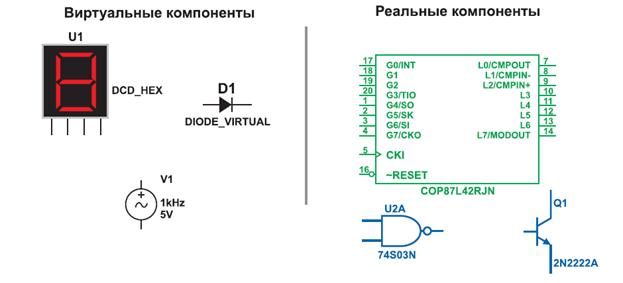The First Transcontinental Railroad
(by Matthew Elton)
Talk of a transcontinental railroad started in 1830, shortly after steam-powered railroads were invented in Great Britain and began to be introduced into the United States. This talk intensified as railroad technology advanced. In 1862, Congress passed a bill that called for two railroad companies to build a railroad that stretches across the entire continent, from the Atlantic Ocean to the Pacific. This railroad was to promote growth of settlements1 in the western United States. Before the railroad was built, people had to travel to the west on horseback or in horse-drawn wagons. This journey took months. After the completion of the transcontinental railroad, people could travel across the United States in a matter of hours. The Central Pacific and Union Pacific Railroad Companies built the first transcontinental railroad. The Central Pacific was to start construction of the railroad in Sacramento, California, and build east. The Union Pacific was to start construction in Omaha, Nebraska and build west. When the two railroad companies met, the transcontinental railroad would be completed. To build the railroad, the two companies had to raise enormous sums of money. The government lent them millions of dollars. It also gave them twenty miles of public land for every mile of track they laid. With the guarantees of money from the government and the chance to get free land, the railroad companies attracted many investors. The Central Pacific began construction in 1863. The Union Pacific laid its first rail in July 1865. The Central Pacific Railroad Company faced a problem. They didn’t have enough employees to build the railroad. Many of their railroad workers had left their jobs to try to find gold during a gold rush. Although the companies preferred American workers, they had to hire several Chinese workers. They found that the Chinese were efficient, fearless, and hard working. They also followed their own customs, which ended up being good for the railroad company. They boiled water and drank hot tea. The American workers drank cold water, which was often plague-infected2. Because the Chinese boiled their water to make tea, the bacteria were killed and they rarely got sick. Pleased with the Chinese workers, the railroad companies hired thousands of them from China. By May 1869, the Central Pacific Company had laid 690 miles of track and 1, 086 miles of track had been laid by Union Pacific. Only a short distance separated the two tracks from their meeting place in Promontory, Utah. On May 10, about 3, 000 government and railroad officials, railroad workers, spectators, and journalists attended the ceremony of the completion of the first transcontinental road. A band played as a Chinese crew and an Irish crew laid the last section of the track. The last railroad spike was set in place, completing the railroad. It was called the golden spike, and was actually made of pure gold. However, although eastern and western railroads had met, the transcontinental railroad was not yet coast-to-coast. It was not until September 1869, that the Mossdale bridge across the San Joaquin River, California was completed. This drawbridge was the final section of the Union Pacific-Central Pacific line, the first railroad crossing the entire country. By 1895, four more U.S. lines stretching across the continent had been built. Now people could travel across the nation at an incredible speed.
Notes: 1settlement – поселение, населённый пункт; 2plague-infected – заражённый чумой.
|




